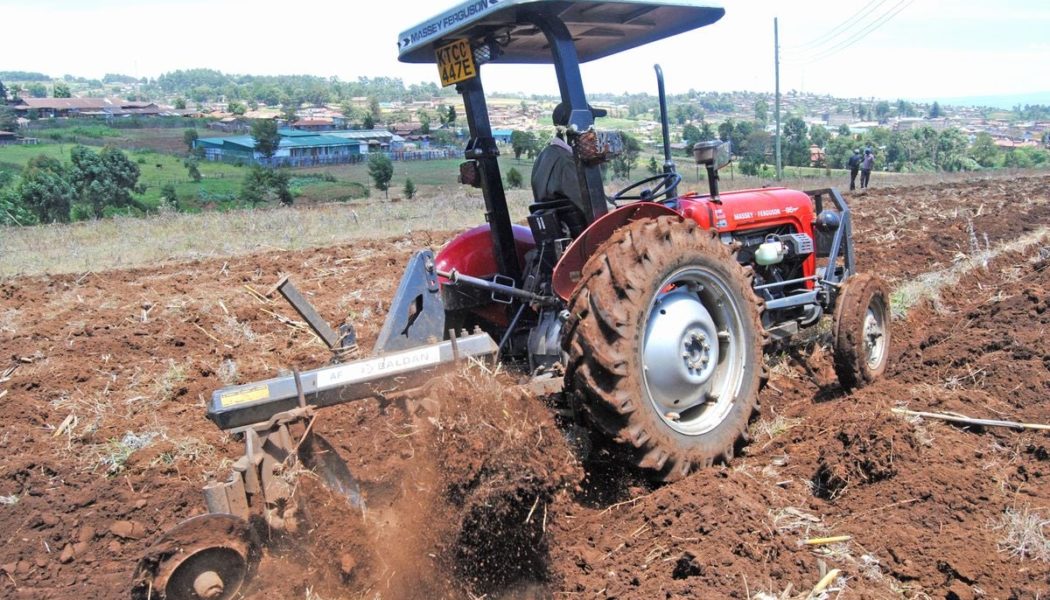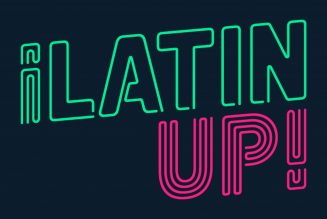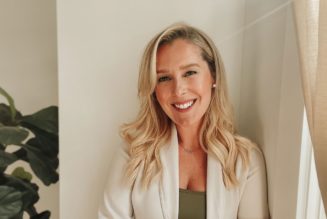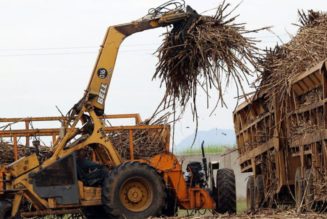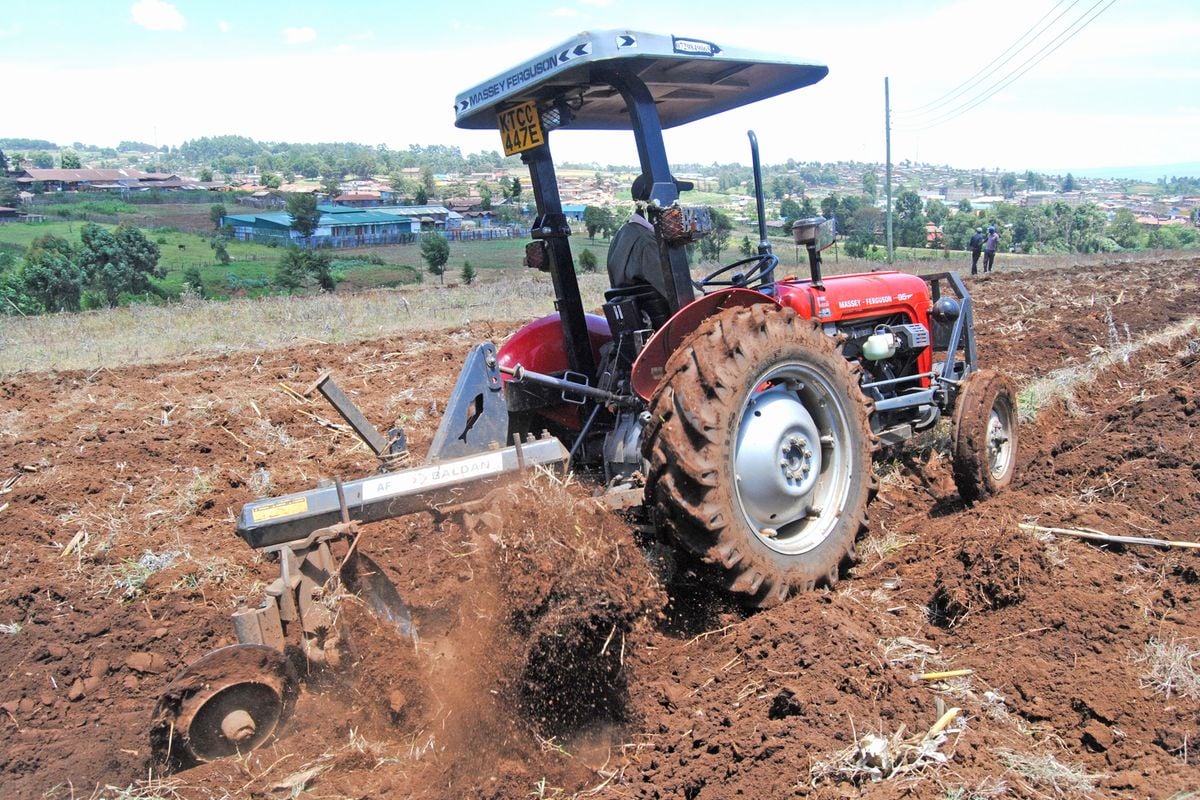
More farmers are turning to informal groups, buyers of their produce, and the Hustler Fund for loans to invest in their ventures, amid rising interest rates on bank loans.
In just two months to May, the number of farmers borrowing from informal savings and credit groups nearly tripled, those taking money from people who buy their produce more than doubled while the number of growers borrowing from the Hustler Fund to put into their farms shot up slightly, a Central Bank of Kenya survey reveals.
The findings on developments in Kenya’s agriculture sector, commissioned last month, show that the number of farmers accessing loans, mainly from banks, dipped since March, with high interest rates coming out as the main barrier.
“The main sources of finance for farmers have continued to be banks, saccos, and digital loans,” the survey notes, indicating that through this year, about a quarter of the farmers said they had borrowed to boost their activities.
“The share of farmers who reported to have used the Hustler Fund to finance agriculture activity slightly increased in May 2024,” the Agriculture sector survey adds, noting that funding sources with the highest rates of rise were informal savings and credit groups, and buyers of farm produce such as coffee and milk.
The Hustler Fund was officially launched by President William Ruto in March 2023 as part of his election manifesto to uplift the lives of poor groups in the country. The fund issues loans of between Sh500 and Sh500,000 to individuals for a tenure of 14 days at an interest rate of eight percent per annum.
Comparatively, the latest CBK data shows that by February the weighted average lending rates among commercial banks stood at 15.88 percent, up from 15.2 percent in January.
The study also notes that with about 82 percent of farmers still relying on rain to practice agriculture and the market remaining highly fluctuating, many are steering clear of borrowing, to avoid being auctioned should they default.
“Similar to what was observed in the March 2024 survey, it was noted that most farmers were reluctant to seek loans because of significant output price fluctuations which makes their incomes unstable even in periods of good harvest. Some farmers also cited lack of collateral as a deterrent to seeking loans, especially in cases where farms were leased,” the survey stated.
It noted that high interest rates remain the biggest barrier to farmers seeking loans, with 57 percent of farmers who indicated they did not borrow citing the factor, up from 35 percent who had in March cited high interest rates as a hindrance to borrowing.
“High interest rates continued to be reported as the most prominent barrier. In some cases, farmers were averse to acquiring any form of credit. They explained that crop growing was a risky activity as it mostly relied on rain which could fail thereby exposing the farmer to possible auction,” the survey noted.
